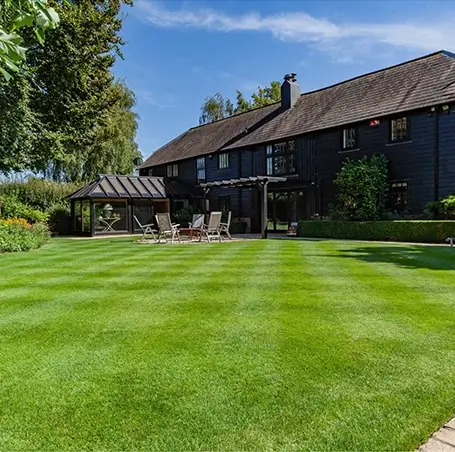Moss is one of the most common problems associated with lawn and turf care, and is often the trigger for homeowners' initial contact with us, particularly as spring approaches.
Moss mainly develops during winter and early spring time when grass growth is slow and environmental conditions favour its development. To effectively control it in the long term, our lawn experts address the underlying conditions in customers' gardens that cause the problem.
Waterlogging as a result of poor drainage is caused by soil compaction or poor soil texture and/or structure. Persistently damp conditions at any time of the year can occur as a result of poor air movement, constant shade and soil compaction. Such conditions encourage moss spores to flourish.
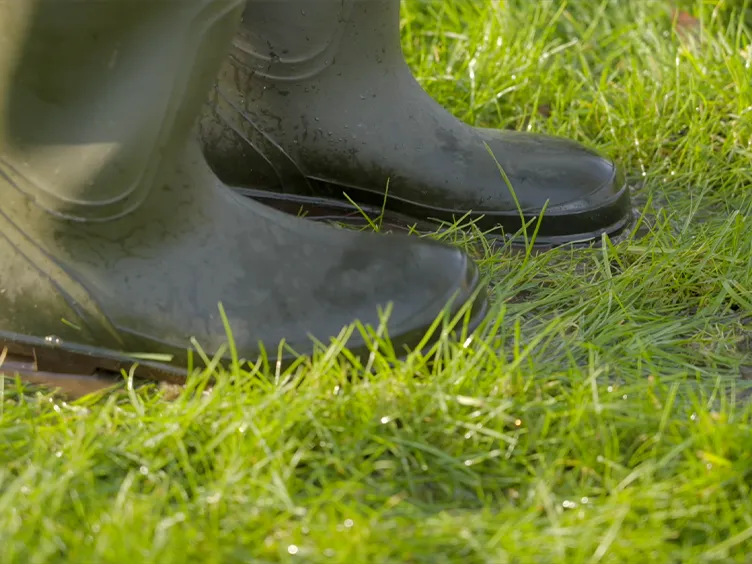
Any lawn lacking in essential nutrients is likely to have a thin, open sward which is susceptible to moss invasion.
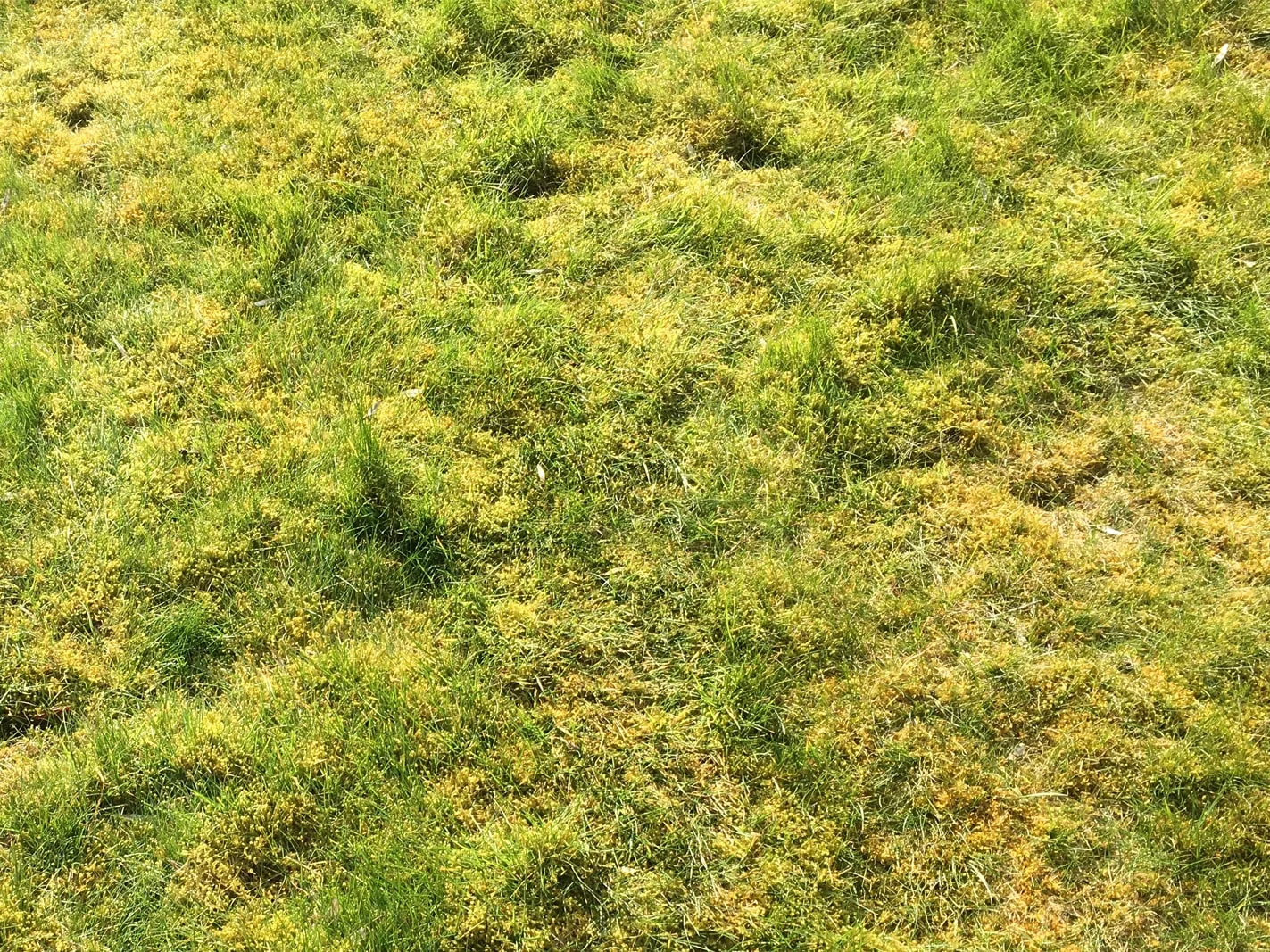
Light is essential for photosynthesis and healthy grass growth. Excessive shade from buildings, trees and shrubs results in thinning turf where moss colonises.
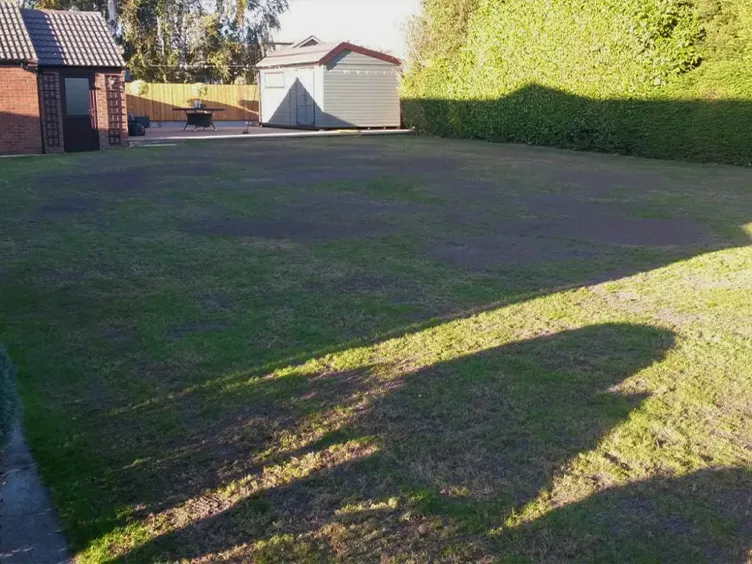
Mowing your lawn too short, or 'scalping' it, stresses the grass plant, as does excessive wear and tear.
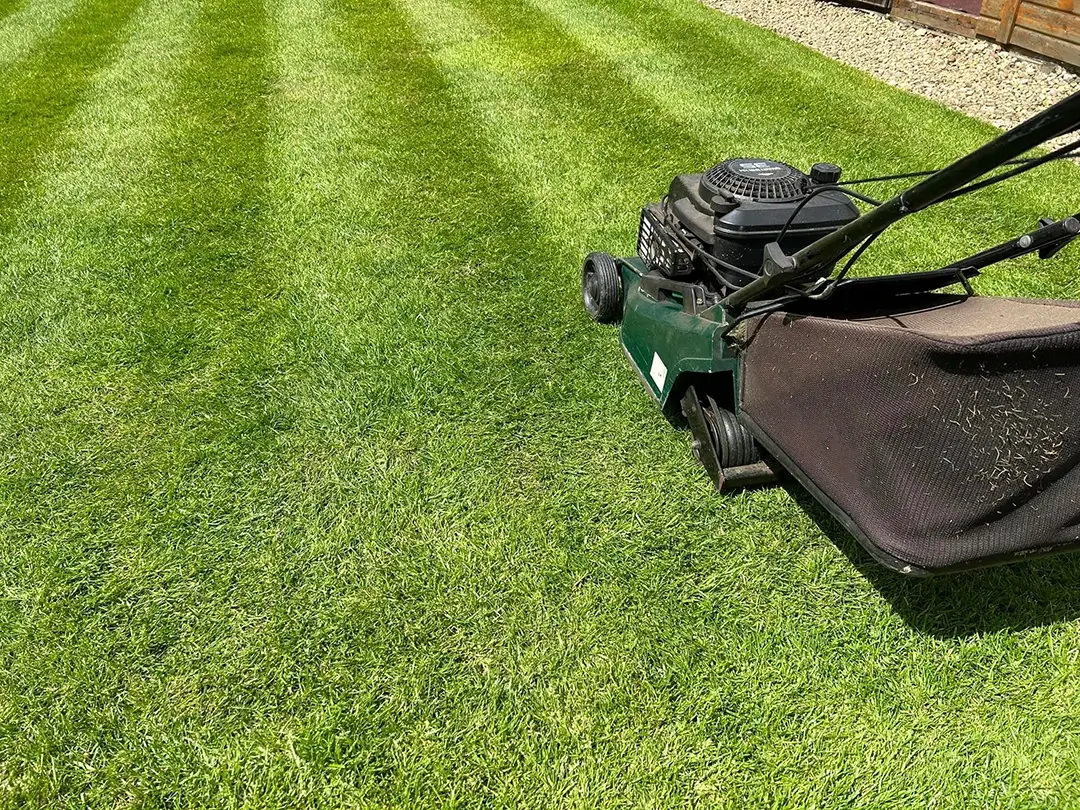
Our turf experts don't just treat moss; good turf management is about taking a holistic approach to producing strong, healthy grass and soil in the long term. This in turn makes it more resilient to stress and less likely to develop significant problems.
Your local operative will be happy to show you the things you can do to improve your lawn, such as cutting back overhanging shrubs to reduce shade and allow air to circulate.
Applications of professional iron-based products that kill moss work in tandem with scarification, over-seeding, and top dressing which takes place during the course of the year to produce the right environment for strong, healthy grass growth.
Colin Parish, a Master Greenkeeper who runs Lawn Master in the Lake District, explains why iron is important. “Iron is usually tank-mixed with fertiliser to deliver essential nutrients such as potassium and potassium nitrate. In addition to its role in controlling moss, iron is an excellent turf hardener. It gives the plant good winter colour without encouraging excessive growth. Its acidifying effect can also reduce worm activity, creates ideal conditions for the growth of perennial grasses, and toughens grass to resist turf diseases and fungal attacks.”
"Some customers are concerned about treatments being applied when it's raining. I always explain that when applying liquid feeds, especially those containing iron which is high is salt, it's of benefit that the solution is drenched onto the leaf and into the soil, so don't worry if it's raining when your local operative arrives to treat your lawn, or if rain is forecast in the hours that follow. Your lawn will welcome it."
If your lawn is infested with moss, now is the time to contact your local depot to arrange a free lawn analysis. Your local expert will then outline their approach to restoring it, which may include Regener8, our professionally-developed lawn renovation programme which restores lawns in 6-8 weeks at a quarter of the price of laying new turf.
Learn more about Our Lawn Diease Control Programme.
Learn more about Our Standard Treatment Programme.
312+ Lawn Care Professionals Employed Nationwide
